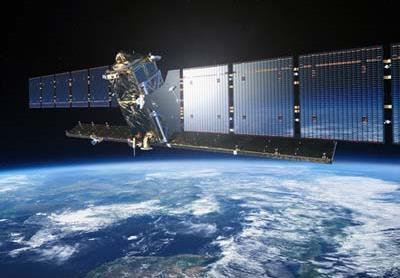Climate change watcher: ESA prepares to launch Sentinel-1A satellite
"On Thursday, the Soyuz launcher will provide Sentinel-1A with a spectacular ride into orbit at about 693 km altitude, and mission controllers expect to receive the satellite's first signals around 25 minutes later," the ESA adds.
Following the Sentinel-1A's launch, the ESA will launch several other satellites to complete the Copernicus constellation of satellites in orbit. Using a wide variety of instrumentation, the Copernicus program will be able to provide scientists, government agencies and other parties with the necessary data to precisely determine the exact current state of the planet. Moreover, the data will also be useful in creating simulations and predictions of future climate and weather trends.
While the Copernicus program is ambitious, the ESA plans on continuing the program far into the future. Once one of the sentinel satellites nears the end of its lifespan, the satellite will be decommissioned at replaced by a new one. This will ensure a continuous flow of information about planet. In this stage of the program, various European nations have already pledged a total of 7.5 billion Euros ($10.3 billion) for the project.
Alexander Saltarin

